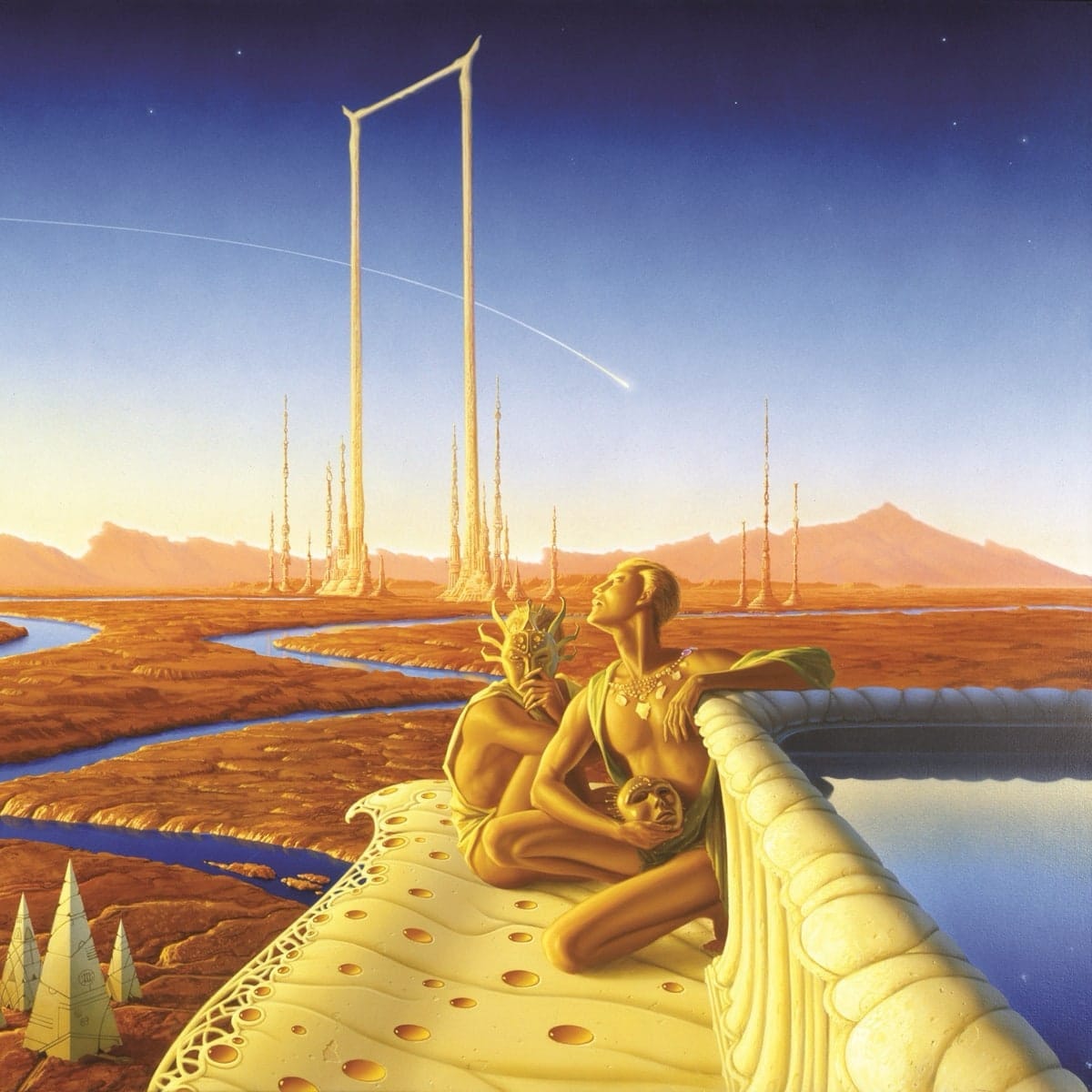20250907
I don’t think most French people think about purpose the way Americans do. “What’s your purpose? What are you building? What are you here for? “ They’re good questions. But in France, they’re not humming in the background of every conversation. Most people I know don’t define themselves by what they do for a living. And if they work in a corporate setting, there’s often this quiet trust that things will evolve over time. No need to panic about your life path. Just do your job — and enjoy your life. In the U.S., the idea of *having purpose* is everywhere: in books, on podcasts, in LinkedIn bios, even in casual brunch conversations. There’s this constant pressure to align your job with your passion, your calendar with your goals, your time with your values.
But what if your purpose is simply to build a good life? To raise kind children. To cook a little better each year. To read a few excellent books. To notice the seasons. To build meaningful relationships. To help others. To give time - and money if you can - to causes you care about. Isn’t that what people will remember anyway? Is that so?
Humans: Exercise ROI. Alcohol consumption drops. Back to the office? 20000 eyes. Tiktok detectives.
Business: faster gates at airports. US mobility is stalling. Sharpie and Starbucks links. Diamonds. Delta and elite overproduction. The 15-mins delivery threshold. Optimizing hotel rooms. Is the dollar dead.
Tech: US and patriot missiles. Git-ed AI memory. Txt only web (and some more). Futuristic retro diner. Mundane futures. All the world polygons. When the future pushes back.
Planet: saving birds with mosquitoes.
Security: Israel and Iran turncoats. Facial recognition in the UK?
AI: projects have limited impacts on profitability. and toddlers. The state of AI in business (PDF).
Random: Books into text adventures.

High-Tech Whisk and Waffle Conversations
In the quaint little town of Pixelton, where people enjoyed a nebulous blend of reality and simulation (as if someone had spilled a digital spaghetti of pixels all over the place), the air buzzed with excitement—not from the coffee shop down the street, but rather from the conversation spilling out of Malfunctioning Tom’s diner. This establishment, a retro-futuristic blend of neon signs and Supercharger stalls, had adopted Tesla’s latest culinary innovation. Patrons could sip on lattes while watching electric vehicles get juiced up, as if charging one's car was the new form of social interaction.
Tom, a character whose mind was as organized as a library after a tornado had decided to learn the Dewey Decimal System, also believed that a steady exercise routine was tantamount to finding the perfect combination of fries and milkshakes. "You see," he would assert through a mouthful of waffle, "exercise is like a good simulation game; you don’t just press 'Start' and hope for the best. No, you have to make incremental progress." This was a notion many in Pixelton took to heart, easily spurred on by the town’s newest initiative in revolutionary health hacks. Exercise was no longer a chore but an escapade—like starring in your own episode of *KathaaVerse*, where winning at cardio meant earning extensions on your lifespan.
But even as Tom served culinary masterpieces abounding with aesthetic value, he couldn't help but notice the aura of anxiety floating through the diner—something akin to the atmosphere just before a major tech reveal. Wealth disparities were palpably shifting in Pixelton as the tech corporations tightened their grip on remote work policies, whereby bigwigs flexed their status while folks like Tom were grappling with the existential fear of being replaced by an AI that could flawlessly pour lattes and serve potato skins. ’Twas a Brave New World—but whether it was brave or just a world of ticked-off humans was up for debate. Something told him that a robot with a perfect latte art wouldn't appreciate the aroma of victory in the morning the way he did.
Meanwhile, the local police were on a mission, deploying facial recognition vans that felt both invasive and reassuring. While some viewed it as the next step in their digital reality adventure, others fretted it could turn into a dystopian game where the stakes were the very fabric of their privacy. "It's just like an online PI story gone mainstream," Tom quipped to a skeptical patron. "They'll be live-tweeting your evening woes before you know it!"
One calm afternoon, the diner’s doors swung open as Elena, the local environmentalist, burst in with a storm. She had just returned from a project deploying genetically modified mosquitoes to combat avian malaria threatening the local wildlife. “We’re not using flying robots, for goodness’ sake! This is the real deal, folks, and it could make or break our precious honeycreepers!” She hammered her point home, sending out ripples of concern and intrigue.
Yet, behind the ever-bubbling debates of tech, privacy, and the environment, the essential human condition persisted: a yearning to belong. As Tom served up the daily specials, it dawned on him that all this high-tech was making people feel unheard in the real world, which was relatable enough to inspire a conversation about matters as mundane as yesterday’s laundry—yet so profound that it opened the doors to shared fears about today’s jobs and tomorrow’s realities. The little diner with its Tesla-inspired vibe became a nexus of connection amidst the chaos of innovation, a place where fear and excitement coalesced like butter and popcorn.
In a world galloping towards generational shifts like a wild horse on an open field, individuals bore witness to a truth deeper than algorithms or mosquito innovations: One must exercise the muscles of connection, nourish the spirit of adventure, and above all, never underestimate the power of a heartfelt conversation over a cup of whether you’ll take your coffee black or creamy.
Meanwhile, Tom just hoped his waffle special wouldn’t get lost in the digital ether. Sometimes, a good meal was the sweetest simulation of them all—no downloads required.

